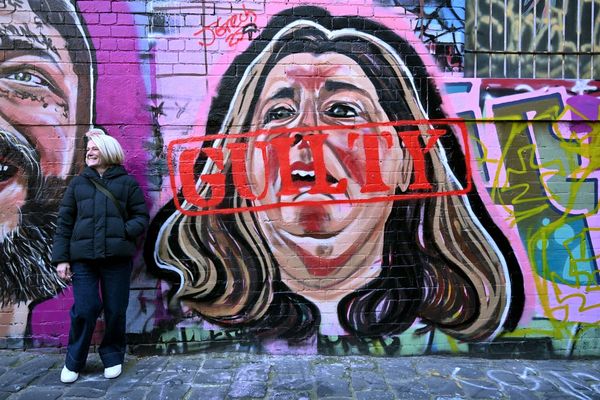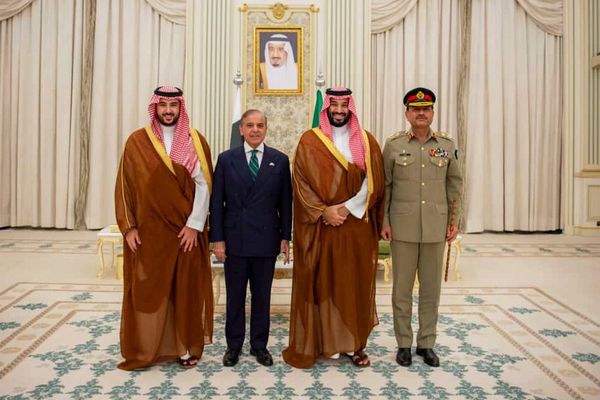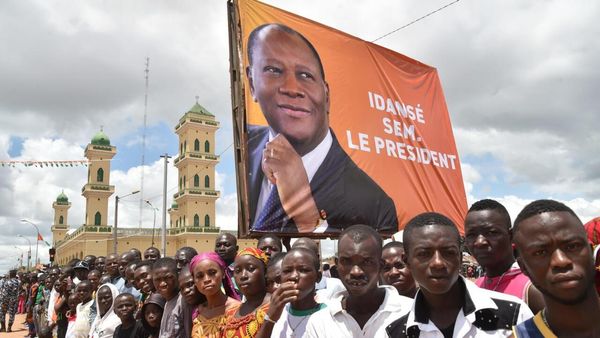
During the 2020 and 2016 presidential debates, former President Donald Trump was noted for his expressive facial expressions that conveyed his reactions to his opponents' statements. These non-verbal cues added an extra layer to his communication style and were closely observed by viewers and analysts alike.
As the possibility of Trump participating in the 2024 debates against President Biden looms, there is speculation about whether his characteristic facial expressions will make a return. Trump's animated reactions, ranging from raised eyebrows to smirks, became a defining feature of his debate performances.
Sources indicate that revisiting Trump's past debates provides insight into the role that body language, including facial expressions, may play in shaping public perception and influencing the dynamics of the debate. The ability to convey emotions and reactions through non-verbal cues can sometimes speak louder than words and impact how a candidate is perceived by the audience.



Body language experts often analyze candidates' facial expressions, gestures, and posture to decipher underlying messages and attitudes. In the context of high-stakes political debates such as the CNN Presidential Debate, where every gesture is scrutinized, understanding the nuances of non-verbal communication becomes crucial.
Trump's use of facial expressions as a form of communication strategy has been a subject of interest and debate among political commentators. Whether intentional or spontaneous, these expressions have the potential to shape narratives, evoke emotions, and influence public opinion.
As the political landscape evolves and the prospect of future debates looms, the role of body language, including facial expressions, in shaping political discourse remains a topic of ongoing discussion and analysis.







